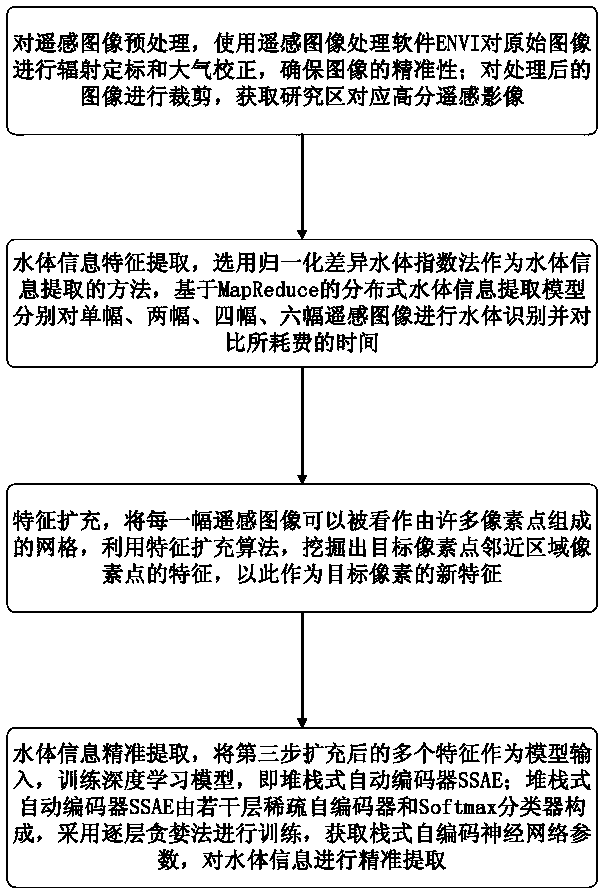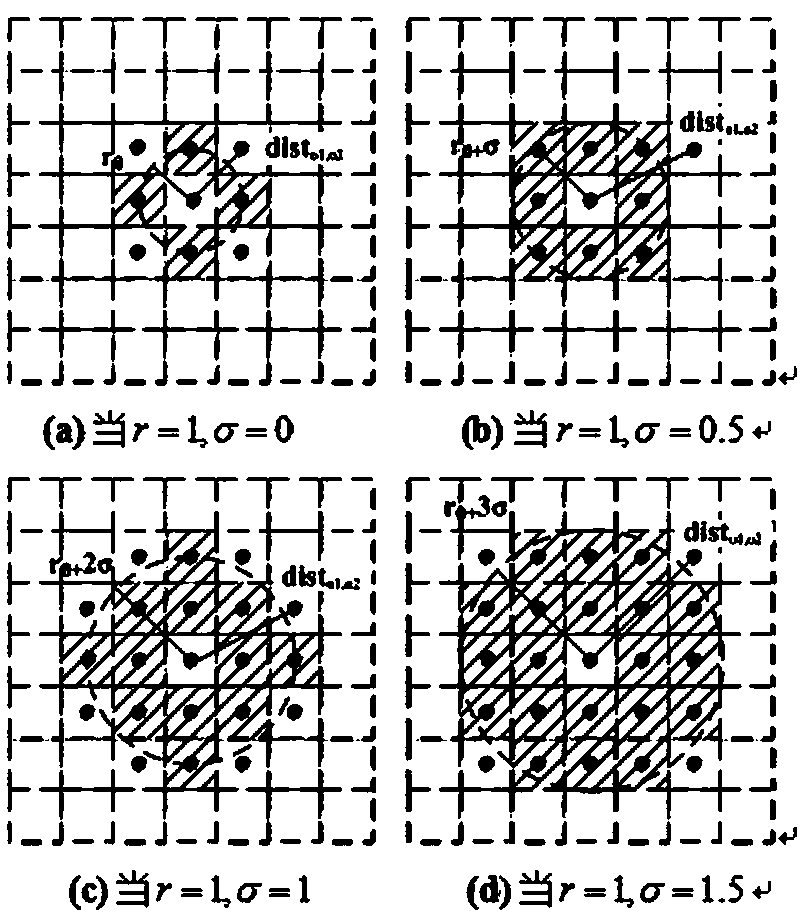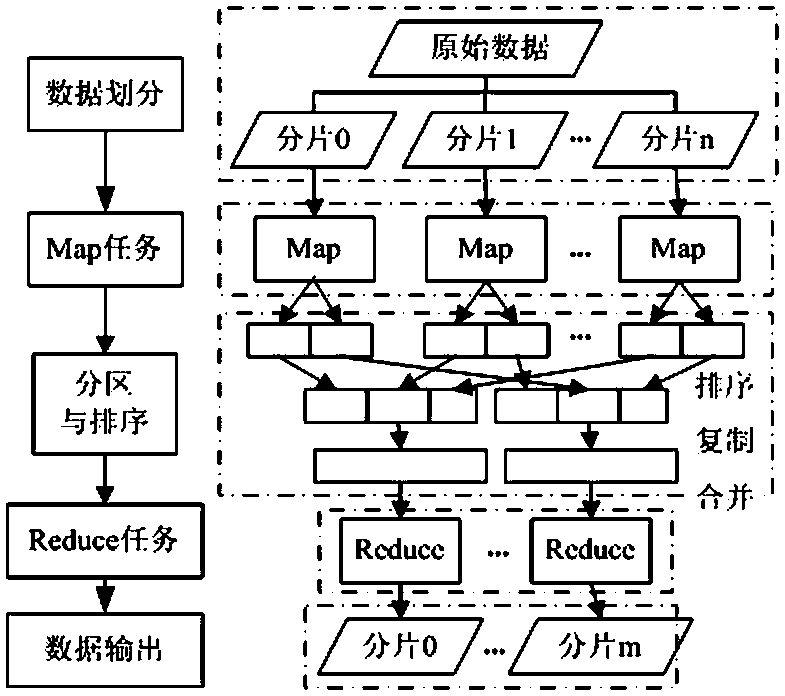Satellite Remote Sensing Image Recognition of Water Body
A remote sensing image and satellite remote sensing technology, which is applied in the field of water body identification in satellite remote sensing images, can solve the problems of low quality, low extraction accuracy and low signal-to-noise ratio of water body target information extraction.
- Summary
- Abstract
- Description
- Claims
- Application Information
AI Technical Summary
Problems solved by technology
Method used
Image
Examples
Embodiment 1
[0049] Example 1: as attached figure 1 , 2 , 3, and 4, the method for identifying water bodies in satellite remote sensing images includes the following steps:
[0050]The first step is to preprocess the remote sensing images, and use the remote sensing image processing software ENVI to perform radiometric calibration and atmospheric correction on the original images to ensure the accuracy of the images; crop the processed images to obtain high-scoring remote sensing images corresponding to the study area. Supervised classification of high-scoring remote sensing images with the help of remote sensing image processing software ENVI, using the maximum likelihood method as the classification basis;
[0051] In the second step, water body information feature extraction, the normalized difference water body index method is selected as the method for water body information extraction, and the distributed water body information extraction model based on MapReduce is used to extract ...
Embodiment 2
[0081] Example 2: as attached Figure 5 , 6 , 7, 8 and Tables 1, 2, 3, 4, and 5, three areas with different topography were selected as the study areas to evaluate the robustness of the proposed water body information extraction model; each area has a typical Geographical characteristics, Table 1 presents the details of the study area.
[0082] Xinjiang Uygur Autonomous Region is located at 34° 25' to 48° 10' north latitude and 73° 40' to 96° 18' east longitude, with an area of about 1.66 million square kilometers. Xinjiang is dry and rainy all year round, forming an obvious temperate continental arid climate. The entire Xinjiang region is home to more than 500 rivers, including the Tarim River, China's largest inland river, and the Ili River, which spans China and Kazakhstan. Therefore, the focus of water body information extraction in Xinjiang is to distinguish between water bodies and arid soils.
PUM
 Login to View More
Login to View More Abstract
Description
Claims
Application Information
 Login to View More
Login to View More - R&D
- Intellectual Property
- Life Sciences
- Materials
- Tech Scout
- Unparalleled Data Quality
- Higher Quality Content
- 60% Fewer Hallucinations
Browse by: Latest US Patents, China's latest patents, Technical Efficacy Thesaurus, Application Domain, Technology Topic, Popular Technical Reports.
© 2025 PatSnap. All rights reserved.Legal|Privacy policy|Modern Slavery Act Transparency Statement|Sitemap|About US| Contact US: help@patsnap.com



